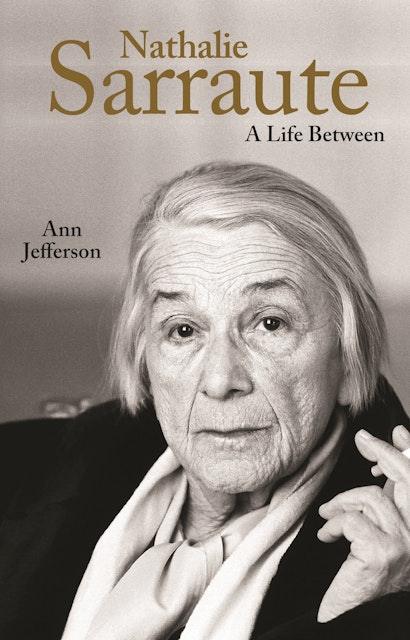From Vienna to Ravenna, this list is rich with possibility for fans of biographies and histories. Readers can explore the artistic lives of Walker Evans, Francisco Goya y Lucientes, Elizabeth Bishop, and Nathalie Sarraute or the thoroughly European life of Chaucer; learn the cultural and economic history of porcelain; immerse themselves in a richly illustrated tour of the Mediterranean world as it emerged from the waning days of the Roman Empire or separate truth from myth in a new telling of the Great Fire of Rome; encounter an extraordinary group philosophers who pushed back against unreason and pseudoscience during Hitler’s rise to power or uncover a gripping and at times chilling portrait of Stalin’s early years, from birth to the October Revolution.
A magisterial account of a great twentieth-century artist, Walker Evans urges us to look anew at the act of seeing the world—to reconsider how Evans saw his subjects, how he saw his photographs, and how we can see his images as if for the first time.
In this revelatory biography, Janis Tomlinson draws on a wide range of documents—including letters, court papers, and a sketchbook used by Goya in the early years of his career—to provide a nuanced portrait of a complex and multifaceted painter and printmaker, whose art is synonymous with compelling images of the people, events, and social revolution that defined his life and era.
Geoffrey Chaucer is often called the father of English literature, but this acclaimed biography reveals him as a great European writer and thinker. Uncovering important new information about Chaucer’s travels, private life, and the circulation of his writings, Marion Turner reconstructs in unprecedented detail the cosmopolitan world of Chaucer’s adventurous life, focusing on the places and spaces that fired his imagination.
In this book, novelist Colm Tóibín offers a deeply personal introduction to the work and life of one of his most important literary influences—the American poet Elizabeth Bishop. Ranging across her poetry, prose, letters, and biography, Tóibín creates a vivid picture of Bishop while also revealing how her work has helped shape his sensibility as a novelist and how her experiences of loss and exile resonate with his own. What emerges is a compelling double portrait that will intrigue readers interested in both Bishop and Tóibín.
A leading exponent of the nouveau roman, Nathalie Sarraute (1900–1999) was also one of France’s most cosmopolitan literary figures, and her life was bound up with the intellectual and political ferment of twentieth-century Europe. Ann Jefferson’s Nathalie Sarraute: A Life Between is the authoritative biography of this major writer.
Telling the story of porcelain’s transformation from coveted luxury to household necessity and flea market staple, Porcelain offers a fascinating alternative history of art, business, taste, and consumption in Central Europe.
Beautifully illustrated and drawing on the latest archaeological findings, this monumental book provides a bold new interpretation of Ravenna’s lasting influence on the culture of Europe and the West.
According to legend, the Roman emperor Nero set fire to his majestic imperial capital on the night of July 19, AD 64 and fiddled while the city burned. It’s a story that has been told for more than two millennia—and it’s likely that almost none of it is true. In Rome Is Burning, distinguished Roman historian Anthony Barrett sets the record straight, providing a comprehensive and authoritative account of the Great Fire of Rome, its immediate aftermath, and its damaging longterm consequences for the Roman world.
On June 22, 1936, the philosopher Moritz Schlick was on his way to deliver a lecture at the University of Vienna when Johann Nelböck, a deranged former student of Schlick’s, shot him dead on the university steps. Some Austrian newspapers defended the madman, while Nelböck himself argued in court that his onetime teacher had promoted a treacherous Jewish philosophy. David Edmonds traces the rise and fall of the Vienna Circle—an influential group of brilliant thinkers led by Schlick—and of a philosophical movement that sought to do away with metaphysics and pseudoscience in a city darkened by fascism, anti-Semitism, and unreason.
This is the definitive biography of Joseph Stalin from his birth to the October Revolution of 1917, a panoramic and often chilling account of how an impoverished, idealistic youth from the provinces of tsarist Russia was transformed into a cunning and fearsome outlaw who would one day become one of the twentieth century’s most ruthless dictators.










